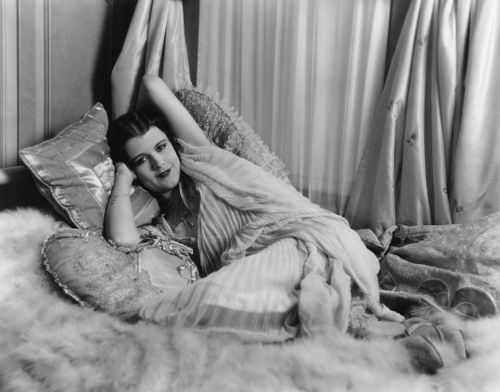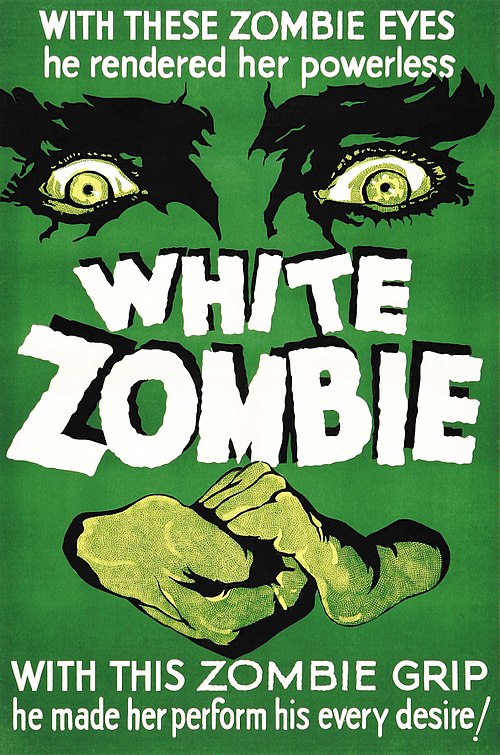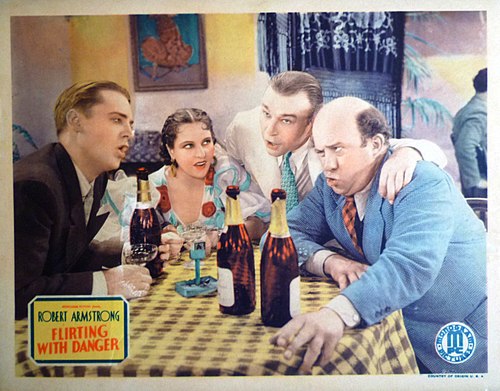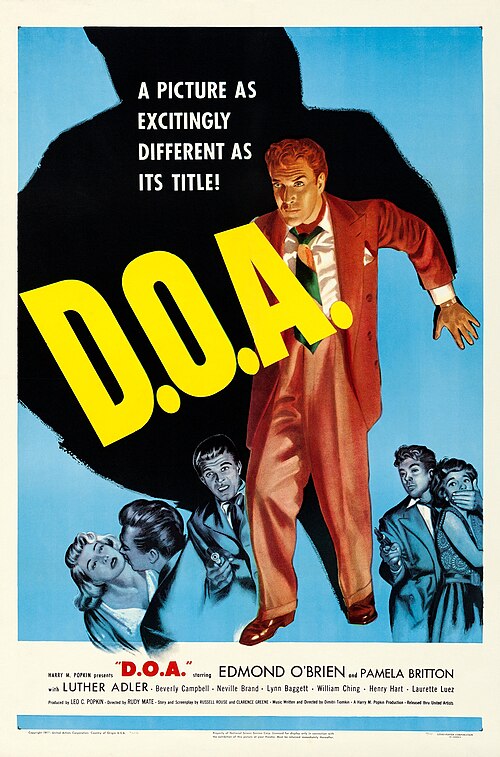Other Versions of this Movie
Broken Blossoms
From IMDb: Cheng Huan is a missionary whose goal is to bring the teachings of peace by Buddha to the civilized Anglo-Saxons. Upon landing in England, he is quickly disillusioned by the intolerance and apathy of the country. He becomes a storekeeper of a small shop. Out his window, he sees the young Lucy Burrows. She is regularly beaten by her prizefighter father, underfed and wears ragged clothes. Even in this deplorable condition, Cheng can see that she is a priceless beauty and he falls in love with her from afar. On the day that she passes out in front of his store, he takes her in and cares for her. With nothing but love in his heart, he dresses her in silks and provides food for her. Still weak, she stays in his shop that night and all that Cheng does is watch over her. The peace and happiness that he sees last only until Battling Burrows finds out that his daughter is with a foreigner. Stars: Lillian Gish, Richard Barthelmess, and Donald Crisp This movie can also be found here and here.
Broken Blossoms or The Yellow Man and the Girl is a 1919 American silent film drama film directed by D.W. Griffith. It was distributed by United Artists and premiered on May 13, 1919. It stars Lillian Gish, Richard Barthelmess and Donald Crisp, and tells the story of young girl, Lucy Burrows, who is abused by her alcoholic prizefighting father, Battling Burrows, and meets Cheng Huan, a kind-hearted Chinese man who falls in love with her. It was the first film released by United Artists. It is based on Thomas Burke (author)'s short story "The Chink and the Child" from the 1916 collection Limehouse Nights.
Plot
Image:Broken Blossoms.webm Cheng Huan (Richard Barthelmess) leaves his native China because he "dreams to spread the gentle message of Gautama Buddha to the Anglo-Saxon lands." His idealism fades as he is faced with the brutal reality of London's gritty inner-city. However, his mission is finally realized in his devotion to the "broken blossom" Lucy Burrows (Lillian Gish), the beautiful but unwanted and abused daughter of boxer Battling Burrows (Donald Crisp).After being beaten and discarded one evening by her raging father, Lucy finds sanctuary in Cheng's home, the beautiful and exotic room above his shop. As Cheng nurses Lucy back to health, the two form a bond as two unwanted outcasts of society. All goes astray for them when Lucy's father gets wind of his daughter's whereabouts and in a drunken rage drags her back to their home to punish her. Fearing for her life, Lucy locks herself inside a closet to escape her contemptuous father.
By the time Cheng arrives to rescue Lucy, whom he so innocently adores, it is too late. Lucy's lifeless body lies on her modest bed as Battling has a drink in the other room. As Cheng gazes at Lucy's youthful face which, in spite of the circumstances, beams with innocence and even the slightest hint of a smile, Battling enters the room to make his escape. The two stand for a long while, exchanging spiteful glances, until Battling lunges for Cheng with a hatchet, and Cheng retaliates by shooting Burrows repeatedly with his handgun. After returning to his home with Lucy's body, Cheng builds a shrine to Buddha and takes his own life with a knife to the chest.
Cast
- Lillian Gish as Lucy Burrows
- Richard Barthelmess as Cheng Huan
- Donald Crisp as Battling Burrows
- Arthur Howard as Burrows' manager
- Edward Peil Sr. as Evil Eye
- George Beranger as The Spying One
- Norman Selby as A prizefighter
Production and style
Unlike Griffith's more extravagant earlier works like The Birth of a Nation or Intolerance (film), Broken Blossoms is a small-scale film that uses controlled studio environments to create a more intimate effect.Griffith was known for his willingness to collaborate with his actors and on many occasions join them in research outings. She said Griffith himself was sickened while directing her in the closet scene.
In 1996, Broken Blossoms was selected for preservation in the United States National Film Registry by the Library of Congress as being "culturally, historically, or aesthetically significant".
Themes
File:Broken blossoms newspaper ad.png
Cruelty and injustice against the innocent are a recurring theme in Griffith's films and are graphically portrayed here. The introductory card says, "We may believe there are no Battling Burrows, striking the helpless with brutal whip — but do we not ourselves use the whip of unkind words and deeds? So, perhaps, Battling may even carry a message of warning."
Broken Blossoms was released during a period of strong anti-Chinese feeling in the USA, a fear known as the Yellow Peril. The phrase "yellow peril" was common in the U.S. newspapers owned by William Randolph Hearst.<></> It was also the title of a popular book by an influential U.S. religious figure, G. G. Rupert, who published The Yellow Peril; or, Orient vs. Occident in 1911. Griffith changed Burke's original story to promote a message of tolerance. In Burke's story, the Chinese protagonist is a sordid young Shanghai drifter pressed into naval service, who frequents opium dens and whorehouses; in the film, he becomes a Buddhist missionary whose initial goal is to spread the word of Buddha and peace (although he is also shown frequenting opium dens when he is depressed). Even at his lowest point, he still prevents his gambling companions from fighting.
The 'closet scene'
The most-discussed scene in Broken Blossoms is Lillian Gish's "closet" scene. Here Gish performs Lucy's horror by writhing in the claustrophobic space like a tortured animal who knows there is no escape.Category:1919 films
Category:American silent feature films
Category:Black-and-white films
Category:Films about race and ethnicity
Category:American romantic drama films
Category:United States National Film Registry films
Category:Films directed by D. W. Griffith
Category:Films based on short fiction
Category:1910s romantic drama films
Category:United Artists films
Category:Interracial romance films






